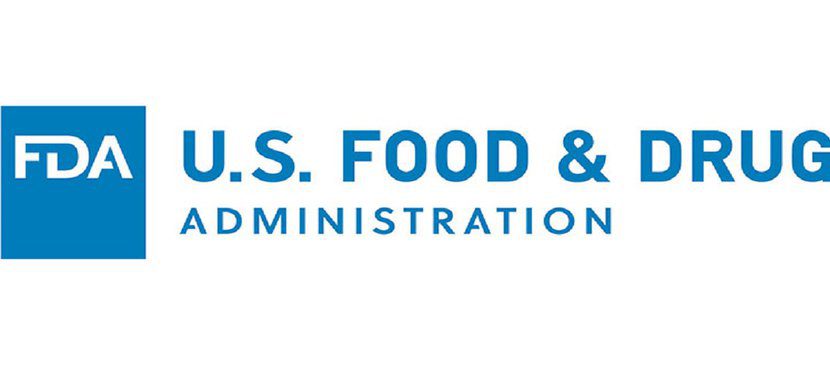The Food and Drug Administration proposes to update the definition for food to claim it is “healthy” to be consistent with federal dietary guidelines.
Under these new guidelines, food that claims to be “healthy” must have the equivalent of a serving of fruits, vegetables, grains, dairy, or protein foods as indicated in the Dietary Guidelines for Americans.
Fresh fruits and vegetables automatically will be able to make this claim.
The FDA is taking comments for 90 days after it is scheduled to be published September 29.
The FDA document says:
The Food and Drug Administration is proposing to update the definition for the implied nutrient content claim “healthy” to be consistent with current nutrition science and Federal dietary guidance, especially the Dietary Guidelines for Americans (Dietary Guidelines), regarding how consumers can maintain healthy dietary practices. This action, if finalized, will revise the requirements for when the term “healthy” can be used as an implied claim in the labeling of human food products to indicate that a food’s level of nutrients may help consumers maintain healthy dietary practices by helping them achieve a total diet that conforms to dietary recommendations.
Consumers rely on food labels when navigating the marketplace to make informed choices about the foods that are the foundation of a nutritious diet for both themselves and members of their families. FDA plays an important role in ensuring labels of food for human consumption are accurate, truthful, and not misleading, including claims that appear in product labeling to market a food.
One such claim that FDA has regulated is the term “healthy” on product labels. Since 1994, we have recognized that when a manufacturer uses labeling that describes a product as “healthy” in the nutritional context, it is making an implicit claim of the level of nutrients of the product.
In particular, such a label implies that the nutrient content of the food may help consumers maintain healthy dietary practices. Given that nutrition science has evolved since the 1990s when FDA first established a definition for the implied nutrient content claim “healthy,” the proposed rule would update the definition for the implied nutrient content claim “healthy” to be consistent with current nutrition science and Federal dietary guidance.
The proposed rule would revise the requirements for when the claim “healthy” can be used as an implied nutrient content claim in the labeling of human food products. In particular, because the claim indicates that a food, because of its nutrient content, may help consumers maintain healthy dietary practices, we seek to limit the use of the claim to circumstances in which the food may help consumers achieve a healthy dietary pattern that conforms to current nutrition science and Federal dietary guidance.
Although nearly all foods can be incorporated into a healthy dietary pattern to a greater or lesser extent, current nutrition science emphasizes nutrient-dense foods, such as fruits, vegetables, and whole grains, as key elements of a healthy dietary pattern.



